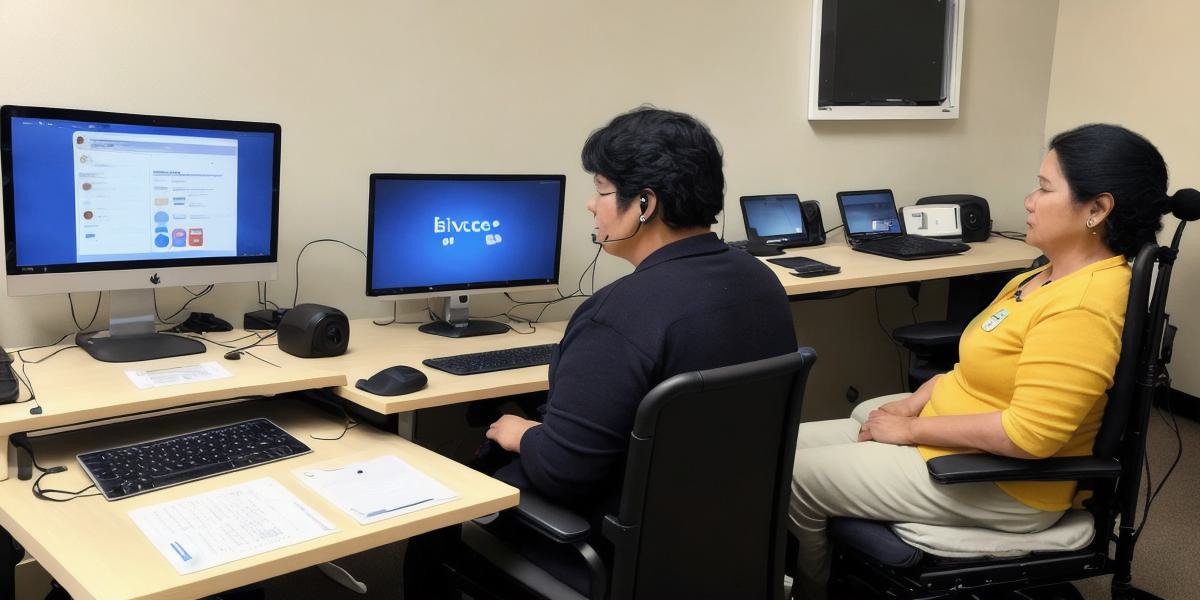How many people use assistive technology?

Assistive technology has been transforming the way we interact with the world around us for decades, and it’s no surprise that its popularity is growing rapidly. With an estimated 1.5 billion people worldwide living with a disability, assistive technologies like screen readers, voice recognition software, and speech-to-text tools are becoming essential tools for millions of individuals every day.
One of the most significant advantages of assistive technology is its ability to level the playing field and provide equal opportunities for all individuals, regardless of their abilities. For example, a person with visual impairments can use a screen reader to navigate a website or an app, while someone with dyslexia can use speech-to-text software to write emails or documents more efficiently.
According to recent studies, the global assistive technology market is expected to reach $20.4 billion by 2025, growing at a CAGR of 6.3% from 2019 to 2025. This growth can be attributed to increasing awareness and acceptance of disabilities, as well as advancements in technology that make assistive tools more accessible and user-friendly than ever before.
Some of the most popular types of assistive technology include:
- Screen readers: software that converts text on a computer screen into audio, allowing visually impaired users to navigate and interact with digital content.
- Voice recognition software: tools that allow users to dictate commands or type using voice input.
- Speech-to-text tools: software that converts spoken words into written text, making it easier for individuals with dyslexia or other communication difficulties to write or communicate.
- Accessibility apps: mobile apps that provide additional features and functionality, such as screen reader support or high-contrast mode, to make digital content more accessible to users with disabilities.
One of the most compelling reasons why assistive technology is becoming increasingly popular is the growing awareness of the importance of inclusivity in our society. With more people recognizing the value and potential of individuals with disabilities, there is a growing demand for tools that help them participate fully in all aspects of daily life.
Another factor driving the popularity of assistive technology is the increasing use of mobile devices. As smartphones and tablets become ubiquitous in our lives, more people are looking for tools that help them navigate and interact with digital content on these platforms.
Ultimately, the growing popularity of assistive technology reflects a fundamental shift in the way we view and value diversity and inclusivity. With so many people living with disabilities, it’s crucial that we continue to innovate and develop new tools that make our digital world more accessible and welcoming for all.
FAQ:
- What types of assistive technology are available?
- Screen readers, voice recognition software, speech-to-text tools, accessibility apps, and more.
- Who uses assistive technology?
- People with disabilities, but also individuals who want to improve their productivity or efficiency.
- How many people use assistive technology?
- The global assistive technology market is expected to reach $20.4 billion by 2025, growing at a CAGR of 6.3% from 2019 to 2025.








